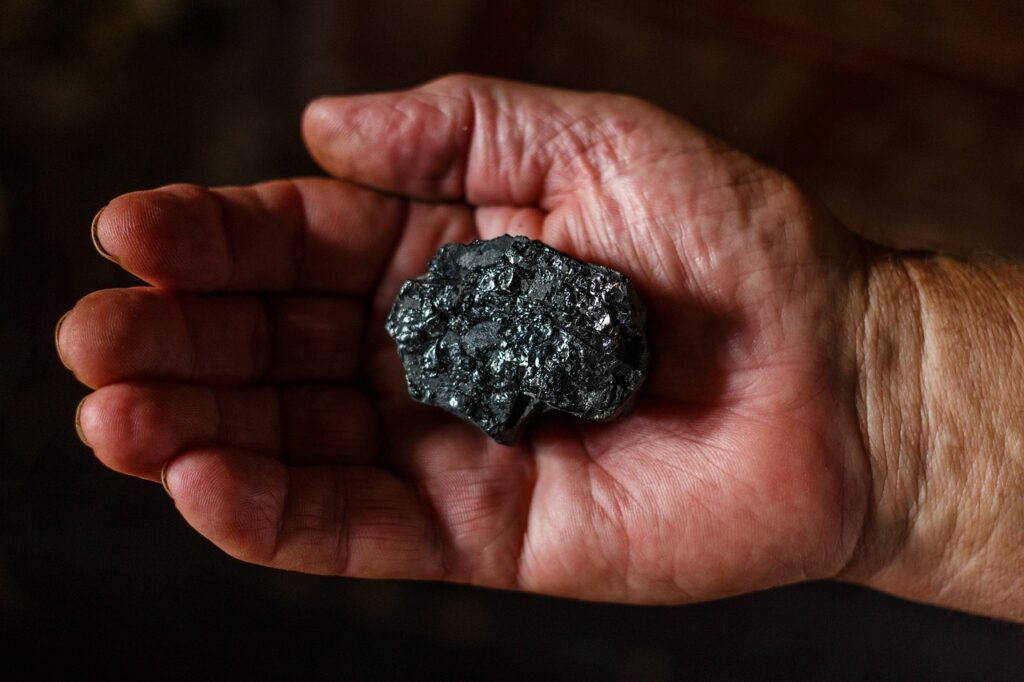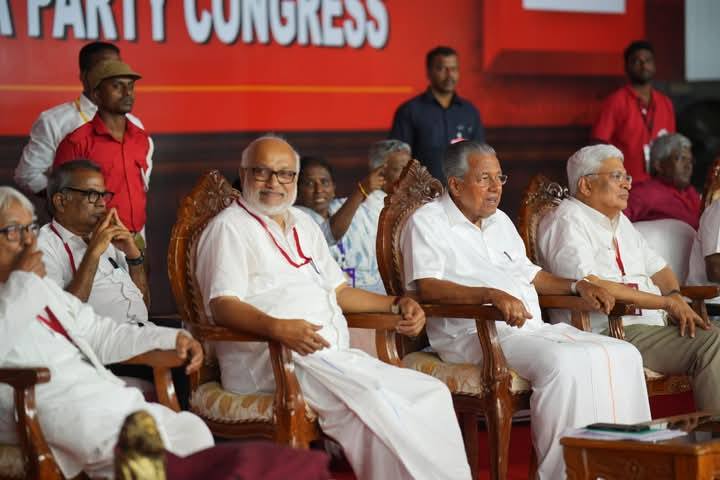
New Delhi: After environmentalists raised issues over the proposed auction of Tara block in Chhattisgarh’s Hasdeo Arand forests and Mahan coal block in Madhya Pradesh, Union Minister of Coal and Mines Pralhad Joshi in a written reply in Rajya Sabha today said these blocs were identified for auction in consultation with the Ministry of Environment, Forest and Climate Change (MoEF&CC).
The Minister said that acknowledging the environmental impact, the Mahan coal block has now been considered for auction for an underground method of mining to safeguard ecologically sensitive areas over it whereas, the Tara block has been considered for auction based on recommendations in bio-diversity study in Hasdeo-Arand Coalfield, carried out by Indian Council of Forestry Research and Education (ICFRE), Dehradun.
Already there has been much protest on the ground to protect the Hasdeo-Arand forest and its rich ecosystem to which, environmentalists claim, mining can do irreversible damage. The forest is 170,000 hectares in area and is home to a diverse ecology. It is home to 82 species of birds, 167 varieties of vegetation out of which 18 are considered threatened, and endangered butterfly species. It is also a major migratory corridor for elephants, and has had confirmed sightings of tigers. The Indian Council of Forestry Research and Education has described it as “the largest un-fragmented forest in Central India consisting of Sal and teak forests.” Besides, the forest is also the water catchment area for the Hasdeo River.
The Hasdeo Arand coalfield is spread over an area of 1,879.6 km2 and comprises 23 coal blocks. Hasdeo Arand is a large coalfield with 1.369 billion tonnes of proven coal reserves and 5.179 billion of estimated coal reserves. The coalfield was recommended to be mined by the Chhattisgarh government in 2010 but the forest panel under the Union Ministry of Environment, Forests and Climate Change objected. However, the then Environment Minister, Jairam Ramesh, overruled its objection and cleared the Chhattisgarh government’s proposal. However, the National Green Tribunal (NGT) suspended the mining work in 2014, but the NGT order was stayed by the Supreme Court, where the matter remains pending.
There is a rule, and Joshi acknowledged that while identifying coal blocks for auction, the Ministry of Coal needs to consider that Coal blocks should not lie in National Parks, Wildlife Sanctuaries, Eco-Sensitive Zones, Wild Life Corridors.
Joshi claimed the blocks and mines presently under litigation have been excluded from auctioning.
The clearance processes, such as Forest Clearance (FC) and Environment Clearance (EC), for coal mining projects are governed by the MoEF&CC, specifically its expert appraisal committees and the statutory body known as the Forest Advisory Committee (FAC).
Also read:
- In a letter 140 environmentalists from 19 states caution PM against the proposed coal blocks’ auction
- हमारी कोयला नीति भाग 8: पेसा एक्ट व संविधान का 73वाँ संविधान संशोधन की अवहेलना सरकार क्यों कर रही है?
- हमारी कोयला नीति भाग 5 : जीवन, जीविका और जनजातियों को कोयला खनन के निजीकरण से बचाओ
- Our Coal Policy Part 3: Current auction undermines the spirit of 2014 Supreme Court order
- हमारी कोयला नीति भाग 1 : जल, जंगल, जंगलवासी व जंगली जानवरों को बचाने की ज़रुरत
Joshi explained that the MoE&FCC considers several factors, like Environmental Impact Assessment, Forest and Wildlife impact, Socio-Economic impact, Air and Water Quality, compliance with environmental regulations, public consultation, monitoring and compliance mechanism before granting clearance to a coal mining project. According to him, it was important to note that the specific factors and considerations may vary depending on the project’s scale, location, and potential impacts.
The Ministry of Coal said it has successfully auctioned 90 coal blocks since 2018. Year-wise details of successfully auctioned coal mines since 2018 are as under:
| Year | 2018-19 | 2019-20 | 2020-21 | 2021-22 | 2022-23 |
| Coal blocks auctioned | 0 | 4 | 20 | 19 | 47 |
The Minister claimed the government has shown “deep sensitivity and carefulness” towards the environment by adopting various mitigation measures including extensive plantation in and around coal-bearing areas and reclamation of mined-out lands. He recounted the following “major” initiatives in this regard by his ministry:
- Greening Initiatives in the coal sector: The Ministry of Coal has set an ambitious goal for coal companies to bring more than 2400 hectares of area in and around coalfields under green cover with plantation of more than 50 lakh saplings for the year 2022-23. The greening initiatives of the coal sector support India’s Nationally Determine Contribution (NDC) commitment to creating an additional carbon sink of 2.5 to 3 billion tonnes of CO2 equivalent through additional forest and tree cover by 2030.
- Compensatory afforestation for restoration of lands damaged by anthropogenic activities and for achieving satisfactory rehabilitation of a mined landscape – “It helps in minimizing the footprints of coal mining, prevents soil erosion, stabilizes the climate, preserves wildlife, and enhances the quality of air and watersheds”.
- Ministry of Coal has established the ‘Sustainability and Just Transition’ division to promote environmentally sustainable coal mining in the country.
- Promoting eco-tourism in mining areas
- Promotion of underground coal mining
– global bihari bureau





